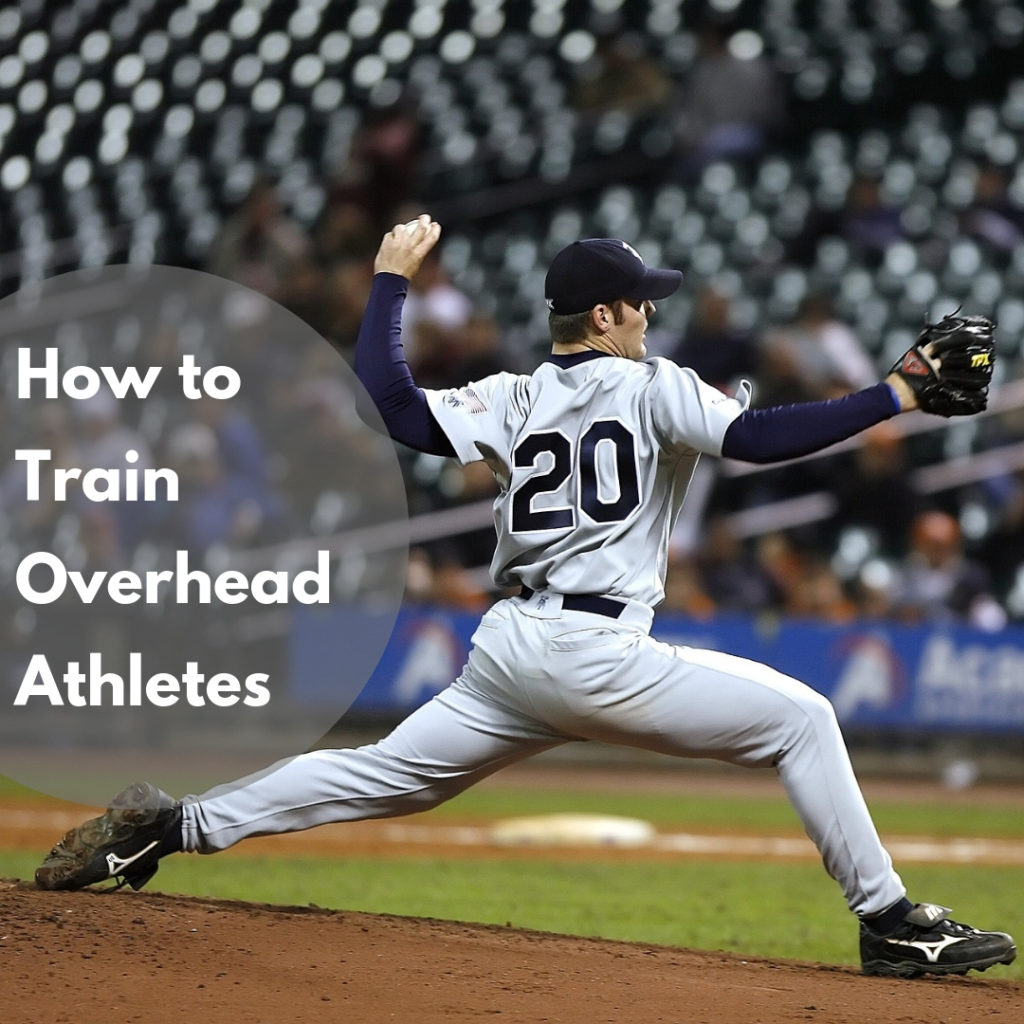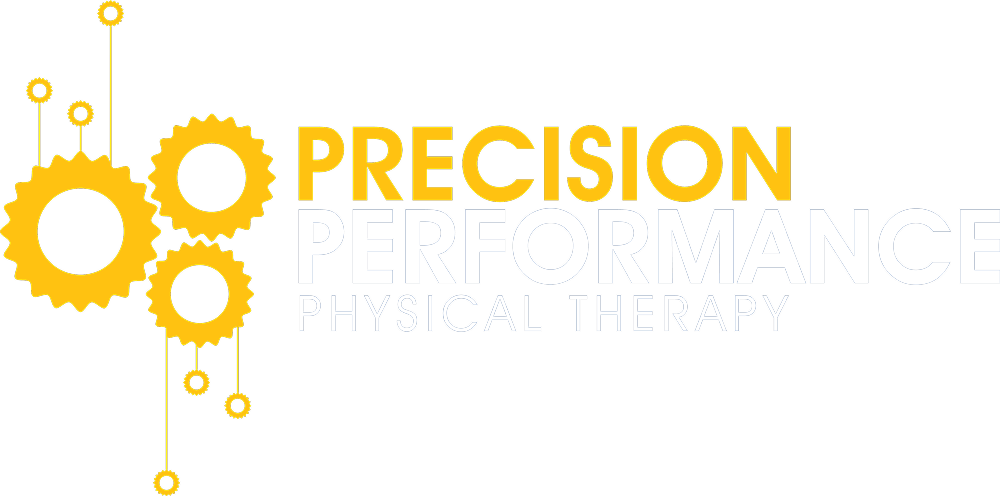Movements Physical Therapists Should Program & Avoid for Overhead Athletes

Overhead athletes are those who move their arms in an arc or overhead position. The typical sports associated with this movement are baseball, softball, volleyball, tennis, discus, javelin, and other throwing sports. Many overhead athletes find themselves in need of a safe training program or a physical therapist for rehabilitation because there are a number of injuries that plague their sports.
In this article, we review the best movements, pressing and non-pressing, that a physical therapist should recommend for an overhead athlete’s training and rehab and what should be avoided.
Good Pressing Movements for Overhead Athletes
- Swiss bar bench press
- Football bar bench press
- A neutral grip pressing option that brings the elbows close to the body and creates more space in the shoulder.
- Dumbbell pressing variations
- Movements with time under tension
- Waiters carries and overhead carries
- Single-arm pressing variations
- Start off with floor pressing because it allows the athlete to feel their lumbar spine in contact with the ground. This promotes good core engagement while they’re training the pressing variation.
- Medicine ball pressing
- This movement is best utilized after your overhead athlete has a good sense of their rib cage and scapular position. Don’t go heavy, but slowly work in some power and stability presses with the med balls.
- Pressing med balls gives your athlete an increased range-of-motion. It’s not provoking symptoms, but depending on the variation, you’re getting some stability control through the pressing movement.
- Horizontal kettlebell presses
- Great for baseball athletes.
- Try movements from the sagittal plane, frontal plane and half-kneeling position. It is a great way to transition your athlete into learning how to stabilize in those positions, allowing them to then work overhead.
- Push ups*
- Landmine pressing*
*Push Ups:
- Push ups are a great strength training AND rehab exercise for baseball players
- They are a great progression before setting athletes up on a barbell or with an Olympic lift routine
- Push ups do a great job demanding the athlete to control their rib cage and they strengthen the upper body
- There are many variations, for example: TRX Suspension push ups, banded floor push ups, add chains or weight, change the tempo, elevate feet, change hand position or arm flexion and/or extension
- Note: Teach the athlete to move the scapulas appropriately through the movement
*Landmine Pressing:
- Landmine Pressing variations are a great strength training AND rehab exercise for all overhead athletes
- They do a great job promoting strength in upward rotations and central control downs
- There are many variations, for example: Single arm landmine, sitting, half kneeling, kneeling, or standing
- Note: Promote good pelvic trunk control while your athlete learns to move their scapula appropriately
Good Non-pressing Rehabilitation Movements for Overhead Athletes
- Kettle bells on a 90 90
- Progress to an overhead kettlebell hold.
- Farmers carries
- Dead bugs with a kettlebell
- Dumbbell pullovers
- Wall slide with kettlebells
- Staggered stance, with the kettlebell bottom up, and your athlete slides the kettlebell up the wall.
In the Rehab Setting
First understand these things about your overhead athletes:
- Do they have the prerequisites of range-of-motion and stability?
- What are the end goals?
- How can we alter the movement or put them in a more advantageous position to reach their goals?
AVOID programming bilateral pressing. There’s a lot of pain involved in these movements for overhead athletes.
INSTEAD program landmine presses. They work as a good in between progression of movements. Landmine press variations will help take your athletes more into the scapular plane and drive some of the positive qualities you want to see in rehab movements.
AVOID programming straight bar movements that work overhead and pressing variations. The problem with the straight bar is it connects both arms. So if one arm has more range-of-motion than the other, it’s going to be forcing the arm with a lesser range-of-motion into a dangerous position.
INSTEAD program kettlebell and dumbbell pressing variations that are unilateral to keep them doing pressing movements that will safely progress them toward their goals.
Note: Be mindful when you are guiding an overhead athlete through the rehab process of taking the right steps and including tempo work, isometric work, and unilateral work before getting back to bilateral barbell pressing.
When to NOT Recommend Doing a Standard Bench Press for Overhead Athletes
If you are training the athlete and they are not in rehab, you can observe their technique on the bench press. If their rib cage has a little bit of extension and their shoulder blades are maximally retracted, pinched, and downwardly rotated then you may need to recommend a different exercise.
Choose other exercises where the athlete can get scapular movement around the rib cage without their shoulder blade being pinched as it is in a bench press.
Remind Clients…
In the later stages of rehab, many athletes think that once they are feeling good and out of pain, they can go right back to their original movements and exercises. Make sure they remain mindful of their technique, form, limits, and rehab program. Demonstrate confidence that through your program, you can get them back to their physical routines required for the overhead athlete’s sport.
For more information on strength training and the rehab of overhead athletes, listen to our podcast episode on the topic here: https://soundcloud.com/training_room_talk/episode-5-should-overhead-athletes-press-overhead
